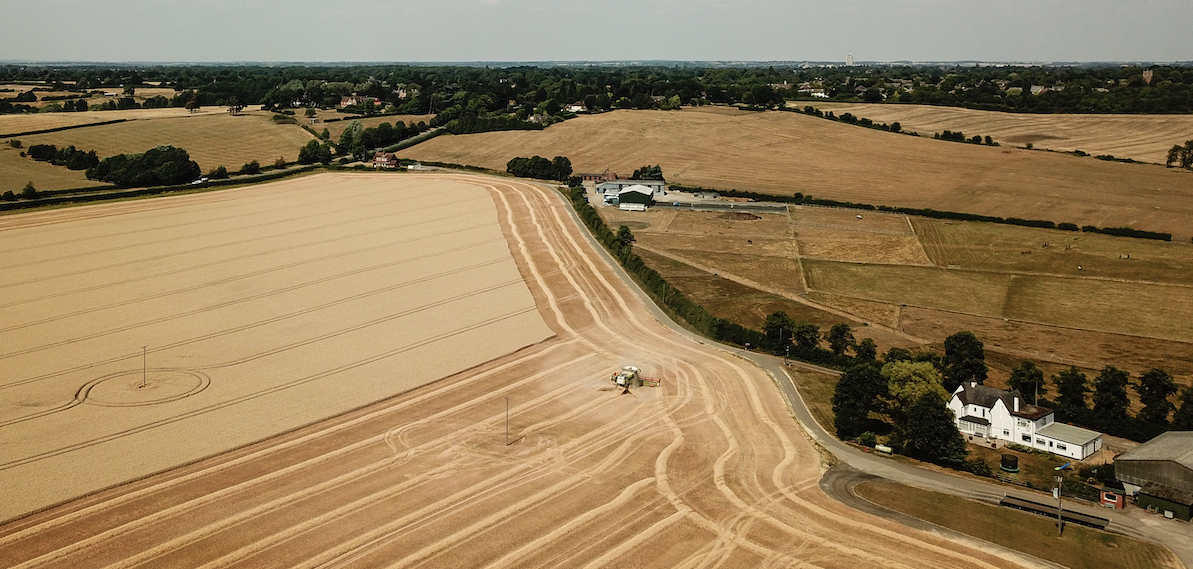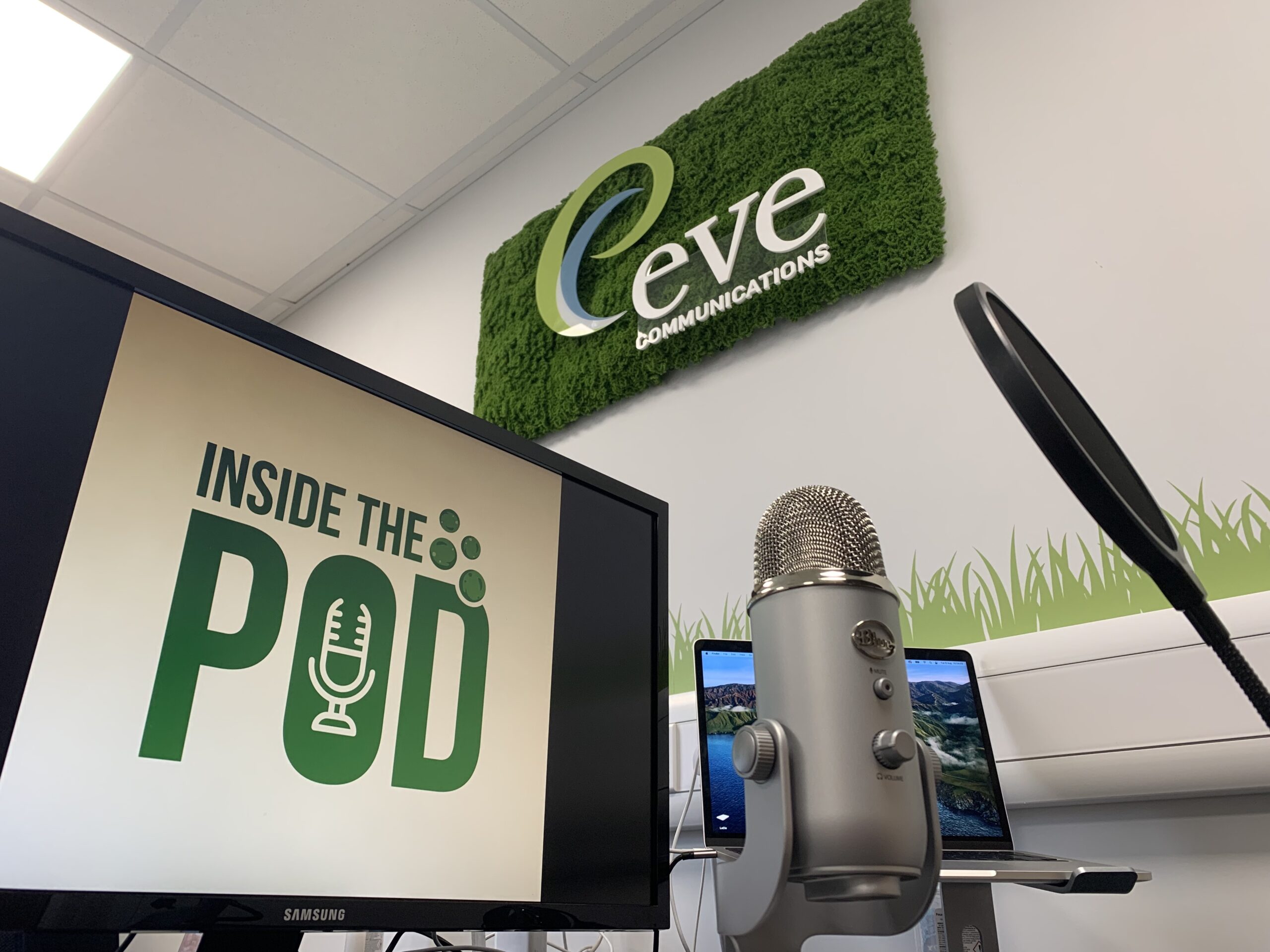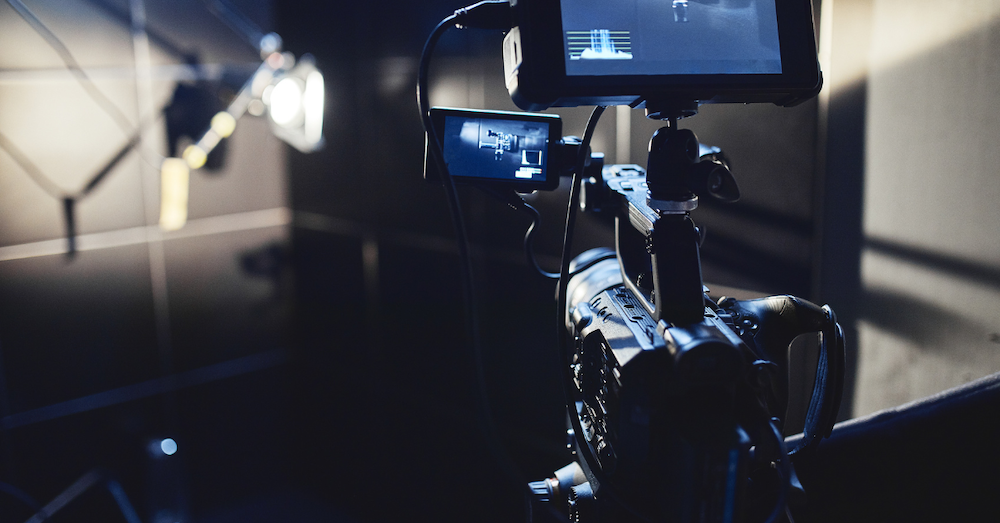I’m a sucker for a gadget, writes Eve Communications’ director Ben Pike.
Always have been, ever since my first Game Boy.
Games consoles gave way to super-powered laptops and desktop computers, then I discovered photography and the new obsession became cameras.
Imagine my delight, then, when some genius designed a flying camera.
If you’ll pardon the pun, drones never really took off in the way I expected them to. Yes, lots of videographers found them a lot cheaper than hiring a helicopter, but battery life meant you could only fly for fewer than 10 minutes on a nice, warm day.
And they were expensive. Like, really expensive. The best ones still are, but entry level drones are so cheap now, it’s no wonder so many people have got them.

I could never justify the expense of a drone until a few years ago when we started to get asked by clients to shoot more and more video.
So I did what any self-respecting gadget bore would do…I bought two.
I’ve got a DJI Mavic Pro and a DJI Inspire 1. The former is a small, nippy little thing that can be up in the air within five minutes and shoot top-spec video and photos for nearly half an hour per battery.
The Inspire is a slightly different beast. For starters, it’s massive, so you have to drag an enormous suitcase around. This is fine when I’m going out on farms but I’ve not tried transporting it on planes or trains. The Inspire can fly for about 17 minutes on each battery, and has a better camera than the Mavic Pro.
Each have their fit within our business, and I try and fly them as much as possible.
To fly commercially – and if you have a drone make sure you look up the definition of the word ‘commercially’ – you have to get a licence.
While I love telling people that I’m a pilot, it’s not quite as tough as becoming an airline pilot. It’s a two-day theory course followed by a practical flight test then a tonne of paperwork to create an operations manual.
You have to get insured – another cost – and re-apply every year to renew your licence for a couple of hundred pounds.
Once you have all that in place, you’re good to go in terms of getting paid to film or photograph using a drone.
What I love about them is that they create a totally different feeling for the viewer. Often it’s a sense of space and scenery that you can’t achieve with cameras on tripods or GoPros. You can also fly alongside and above machinery while it’s working, getting really close with the minimum of risk.
I’ve had some great days out flying, and I look forward to many more.
If you’re looking to create a video project, get in touch with us now.





